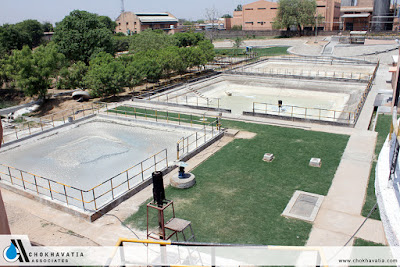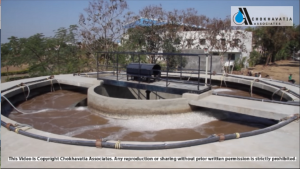Our environment is in danger of being polluted by the contaminants from chemical factories and other industries. When the environment gets polluted automatically our living conditions are affected. Pollution to the environment leads to an unhealthy lifestyle and is also the cause for spreading diseases. Therefore proper precautions are necessary to save the environment from pollution resulting from industries and big corporations by implementing environmental engineering projects.
Big chemical industries are the leading cause of polluting our environment. Part of the reason is, when setting up an industry important elements like land location and surrounding environment is not taken into consideration. If an industry is not planned well during the construction phase with the expert advice of environmental engineer, there are high chances for our environment to get polluted and causing severe damage to the inhabitants.
Preserving our land, water and air
Land, air and water is what we talk about when we mention about environment. These are the natural resources that we use in our daily walk of life. The chemical industries spoil the very fabric of our environment therefore it is essential that Environmental Engineering Services are considered. Whether it is land, air or water, they pollute these natural resources if proper care is not taken. As a result, the vegetation is affected. Crops do not yield well since the land is polluted with chemical and poisonous substance. The industrial waste that is dissolved in the river and lakes pollute the water resources. The aquatic life is severely affected and many of the fishes die because of the pollutants and poisonous substance mixed in water. Environmental engineering projects can help to save our land, water and air by carefully designing and constructing industries without affecting the environment.
Environmental engineers are well versed in the subjects of environment. They can overlook the engineering projects and can certify that the construction and maintenance of industries in a particular place is safe to the environment. Environmental engineers have the skills and knowledge to protect
our environment. They can also help industries to build and construct with the approval of an environmental engineer.
Chokhavatia Associates is a Top Notch Engineering Consultants & Wastewater Management Company in India. For over 35 years, Chokhavatia Associates has been delivering world-class, award-winning design solutions with all the creativity and innovation that are at the heart of our business. We have worked with 700+ clients on over 1000+ global projects across various Enterprises, Industries, Private sectors and Governments.

